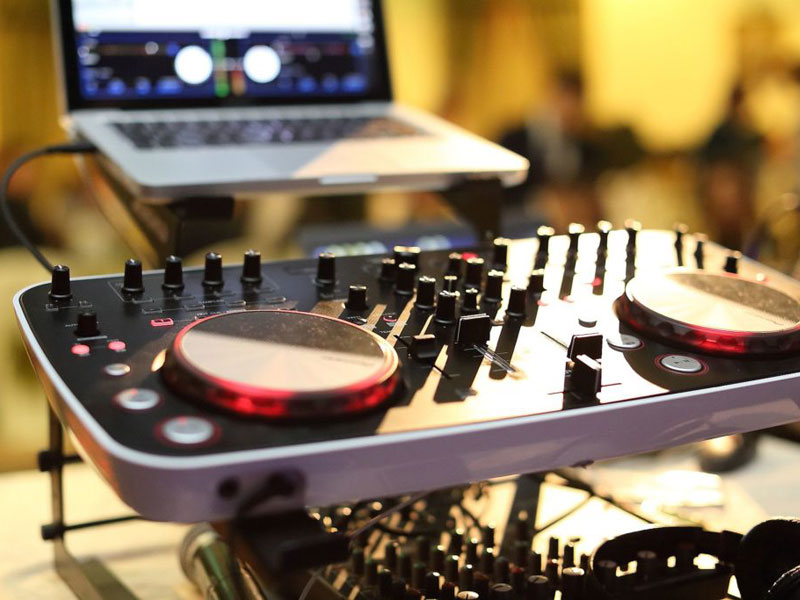
Concert sound
What is included in the concept of “concert sound”? The sound at a concert should be clear, without unnecessary noise, and loud, but not deafen the audience. It would seem, what could be simpler? Install sound equipment for concert halls more powerful and that’s it. However, professional work with sound, its adjustment, as well as the design and installation of professional audio systems require the appropriate knowledge, experience and equipment. For an uninitiated person, setting up concert sound is as difficult as trying to control a spaceship. The sound engineer and his team carry out careful work before and during the performance: prepare and build acoustic systems, check the adjustment of microphones and other equipment (mandatory soundcheck), carry out continuous control of the sound supply throughout the event.
What equipment is best to use at concerts?
To select audio equipment, a preliminary calculation of the acoustic characteristics of the room is necessary. Usually, the characteristics of the sound field are measured using a precisely calibrated microphone and hardware complex. And then, based on the acoustic calculation, they determine the type, quantity and power of the necessary sound equipment, calculate the optimal location, suspension height and tilt angle of the speakers.
There are almost no ideal concert venues, but it is possible to arrange the sound so that instead of an annoying hum at a concert, the audience hears a pleasant sound. To do this, all the shortcomings and sound defects of the venue are eliminated (fluttering echo, standing waves, tonal asymmetry, pinched or blurred sound, etc.), sound-absorbing screens and panels are installed, speakers with carefully selected directional patterns, frequency correction, filtering, compression, noise reduction are performed using amplification equipment.
How to create a competent sound path?
- Select devices that form acoustic signals – devices for reproducing already recorded sound, microphones, as well as musical instruments. When choosing a stage microphone, you should consider the operating frequency range (the best models have a range from 50 to 20,000 Hz). The type of directional pattern is also important: narrow-beam devices have low sensitivity to extraneous noise.
- For high-quality sound during concerts and shows, a professional mixer is a must (a device that mixes signals from all sound sources in the right proportions). A preamplifier built into the mixer serves to control, correct and amplify signals from various sources.
- Pay attention to compressors, limiters, exciters, expanders, gates, de-essers. These devices also allow you to change various signal parameters. For example, an exciter helps to highlight the sound of individual musical instruments or vocals. A compressor and limiter neutralize peak loads and smooth out sharp bursts of sound signals without overloading the sound amplification system. And gates automatically reduce or completely suppress unwanted sounds entering the microphones.
- Frequency sound processing devices are essential. Thus, a crossover divides the sound signal into high and low frequency ranges. An equalizer acts as a universal frequency corrector, weakening and removing various interferences, noises and distortions from signals. And all kinds of effect processors allow you to achieve a richer and more saturated sound, increase the purity of vocals, and detail instrumental parts.
- A digital processor-controller of acoustic systems can replace a whole complex of devices. Built on the basis of a multi-channel matrix processor, it can be used to organize multi-zone sound broadcasting and for paging notification. Combining the functions of a crossover, parametric equalizer, limiter and delay line, it is capable of fully solving all sound reinforcement control problems, providing the staff with ample opportunities for prompt sound control, minimizing errors.
- We also recommend that you approach the choice of a power amplifier thoroughly. It should have high sound transparency. Some models provide the ability to remotely control the volume and power-on mode. The compact size and wide functionality of modular devices allow you to build complex sound reinforcement systems on their basis, taking up a minimum of space in equipment racks.
- Speakers. They can have from two to five frequency bands depending on the type of sound reproduction system. They differ in the design option (suspended, ceiling, wall and floor)






